How do I get air in to my bin?
saaak
14 years ago
Related Stories

HEALTHY HOMEGet Cleaner Indoor Air Without Opening a Window
Mechanical ventilation can actually be better for your home than the natural kind. Find out the whys and hows here
Full Story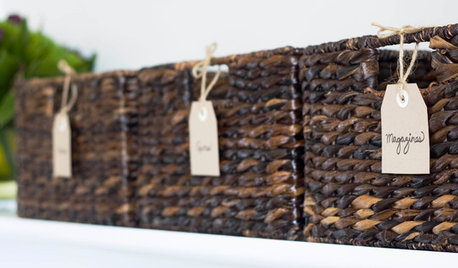
ORGANIZINGGet Organized: Are You a Piler or a Filer?
Tote out the bins and baskets and learn how to be an organized piler if file cabinets leave you cringing
Full Story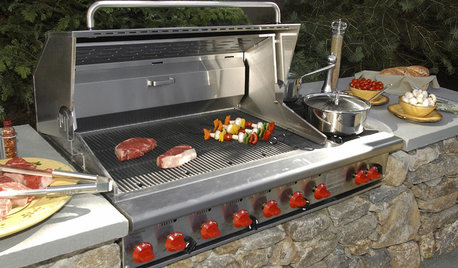
GREAT HOME PROJECTSHow to Get a Built-In Outdoor Grill
Put fresh-air grilling on the menu with a built-in setup that suits your patio or yard
Full Story
HEALTHY HOMEA Guide to Indoor Air Purifiers
Get the lowdown on air filtration systems for your house and the important ratings to look out for
Full Story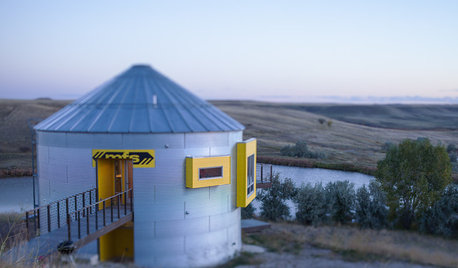
HOUZZ TOURSHouzz Tour: Prairie Grain Bin Turned Bucolic Retirement Home
An agrarian structure and a big dream combine in this one-of-a-kind home that celebrates 250 acres of Montana grasslands
Full Story
GARDENING GUIDESHouzz TV: Make a Worm Bin for Rich Soil and Happy Plants
A worm-powered compost bin that can fit under a sink turns food scraps into a powerful amendment for your garden. Here’s how to make one
Full Story
MOST POPULAR5 Ways to Hide That Big Air Conditioner in Your Yard
Don’t sweat that boxy A/C unit. Here’s how to place it out of sight and out of mind
Full Story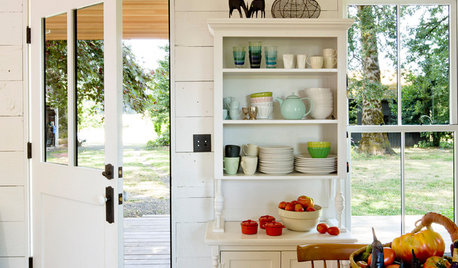
REMODELING GUIDESWake Up Rooms With the Power of Fresh Air
Even the trendiest interior designs can feel stale when your home is in permanent lockdown. Look to windows and doors for the solution
Full Story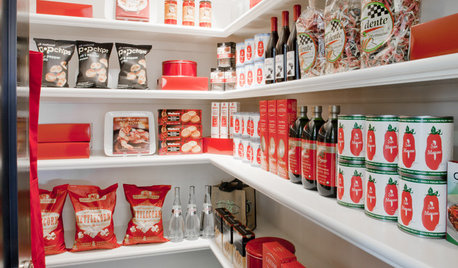
KITCHEN STORAGEGet It Done: How to Clean Out the Pantry
Crumbs, dust bunnies and old cocoa, beware — your pantry time is up
Full Story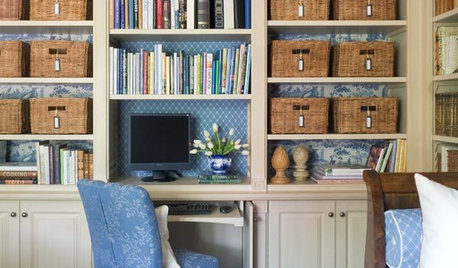
ORGANIZING19 Ways to Get Organized Fast With Containers
Make "toss and go" your mantra with bins, boxes and trays, for a home that looks neat in an instant
Full StoryMore Discussions






melenkolee
sbryce_gw
Related Professionals
Montgomeryville Landscape Architects & Landscape Designers · Norwood Landscape Contractors · Clark Landscape Contractors · Duarte Landscape Contractors · Indianapolis Landscape Contractors · Leicester Landscape Contractors · Post Falls Landscape Contractors · Sammamish Landscape Contractors · South Portland Landscape Contractors · Waltham Landscape Contractors · New Carrollton Landscape Contractors · Red Wing General Contractors · Tabernacle General Contractors · Valle Vista General Contractors · Waxahachie General Contractorsequinoxequinox
equinoxequinox
Katxena
Shaul
equinoxequinox
Shaul
equinoxequinox
equinoxequinox
Shaul
equinoxequinox
plumiebear
Shaul
bmaintz
singleton165